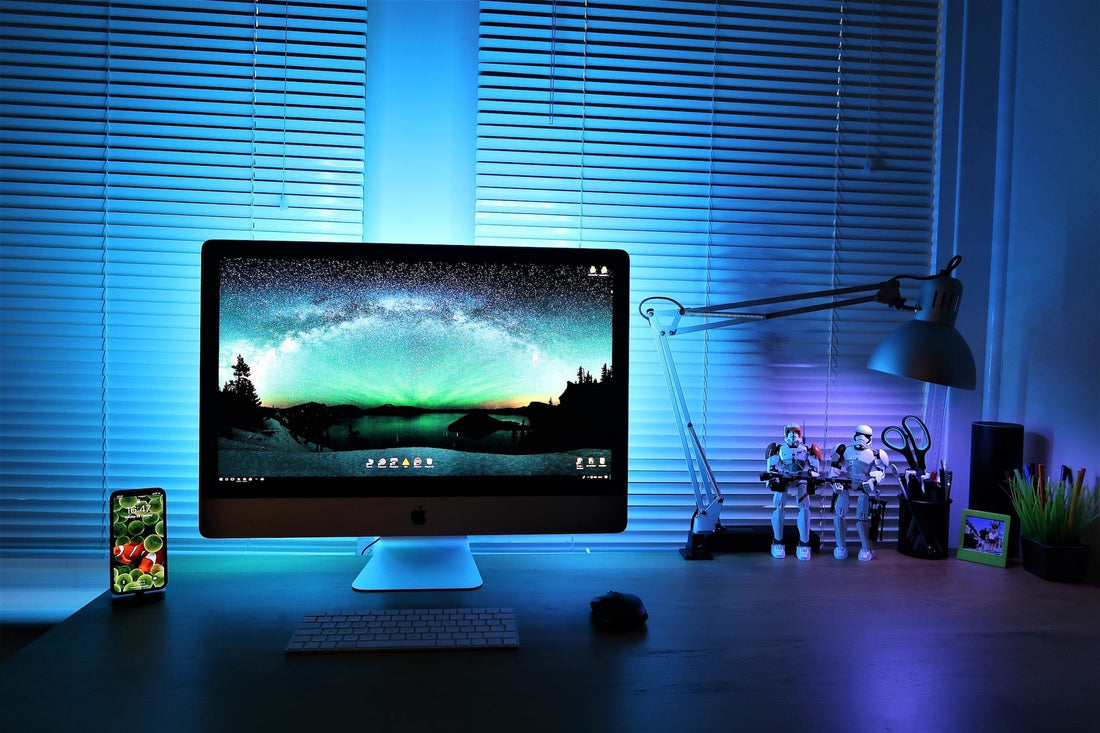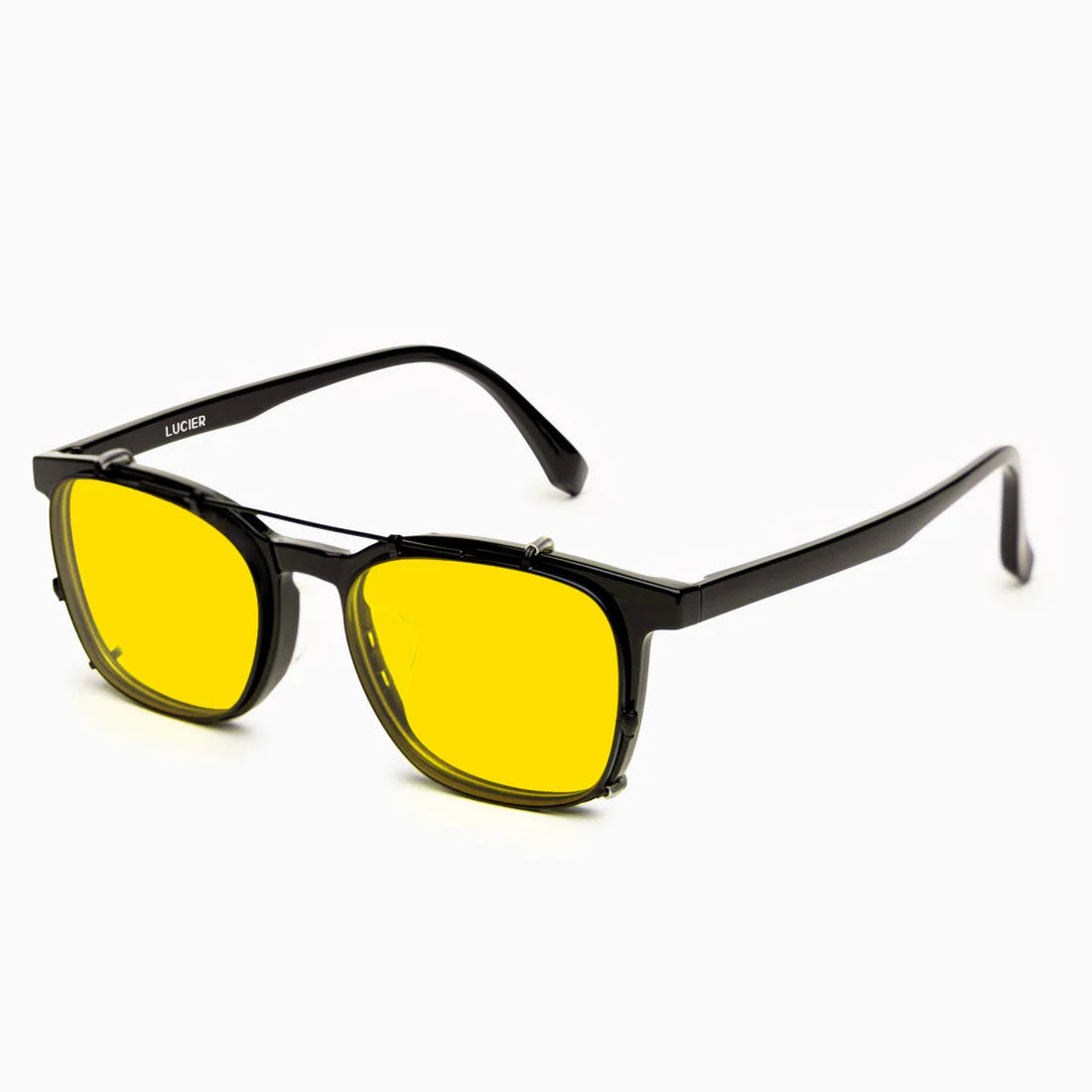What is the difference between natural light and artificial light?
Natural light refers to sunlight that can be received outdoors.
Artificial light refers to the light emitted indoors from electronic devices such as light bulbs/lights, computers, and cell phones.


Natural light vs artificial light
A nanometer (nm) is a unit of measurement for the wavelength of light.
The light that can be seen is called visible light.
Light that cannot be seen with an eye is called invisible light.

Every color of natural light has a purpose and role.
Sunlight constantly fluctuates depending on the time of day, time of year, and location on Earth.
All of these changes and the harmony of light wavelengths play an important role in maintaining the circadian rhythm correctly.

As you can see in the photo above, all wavelengths of light are highest during the day (noon). The reason for this is because this is the best time to be active and productive.
In the evening, as sunset approaches, the temperature of all light gradually decreases along with the intensity of blue light.
Until the invention of the light bulb in 1879, the only light source available to mankind at night was fire.
Red light (infrared ray), the main wavelength of fire, is a wavelength of light that minimizes suppression of melatonin (sleep hormone) and does not interfere with our natural sleep cycle.

But, as computers, smartphones, and indoor white lighting became popular, Everything started to change.
Artificial light is wavelength that is distorted and unbalanced when seen from nature's perspective.
Isolated blue light, the main wavelength of artificial light, has a detrimental effect on sleep.
All colors of light play a role in sending signals to the human body .
Blue Light - Awakening
Green Light - Activities
Yellow Light - Stable
Red Light – Recovery

Blue light increases in the morning and afternoon when sunlight is the right time for us to concentrate and be active.
As the sunrise approaches, the blue light begins to gradually decrease, and as the sun sets, a change that is rarely seen is visible.
However, artificially looking at blue light at night tells the body that it is daytime, and this is an unsuitable for the night time when we needs to relax.
In other words, blue light at night is a stimulant that signals the body to be awake.
Which means Blue light exposure at night is more detrimental on our health than in the evening, because it is not balanced with other colors of light and it is out of nature's rhythm.

While sunlight is balanced across the entire wavelength range,
artificial light emits isolated wavelengths of light that do not change with time of the day.
Everything in nature works in balanced and harmonious way.
Living with isolated wavelengths of light and a biased perspective causes disease and pain.
Indoor fluorescent lights emit excessive blue light during the day, which is a major cause of chronic eye fatigue and lethargy, and blue light emitted by cell phones and electronic devices at night is the cause of sleep disorders and insomnia.

However, in modern society, we cannot live without cell phones and fluorescent lights.
This is why you need LUCIER glasses!
Day lenses block 95% of artificial blue light that causes retinal damage, vision loss, and macular disease, effectively protecting your eyes from artificial screen devices such as smartphones, computers, and TVs.

Night lenses block 100% of artificial blue light and green light that have a negative effect on sleep and promote the secretion of sleep hormone (melatonin), enabling deep sleep and recovery.

It's time to understand how much impact light has on our bodies.
A healthy life begins with creating a healthy light environment.
Start your journey to elite light environment set up with LUCIER!
Sources:
https://physoc.onlinelibrary.wiley.com/doi/epdf/10.1113/JP275917?fbclid=IwZ Ren76Vs16E5H-COFH4w







